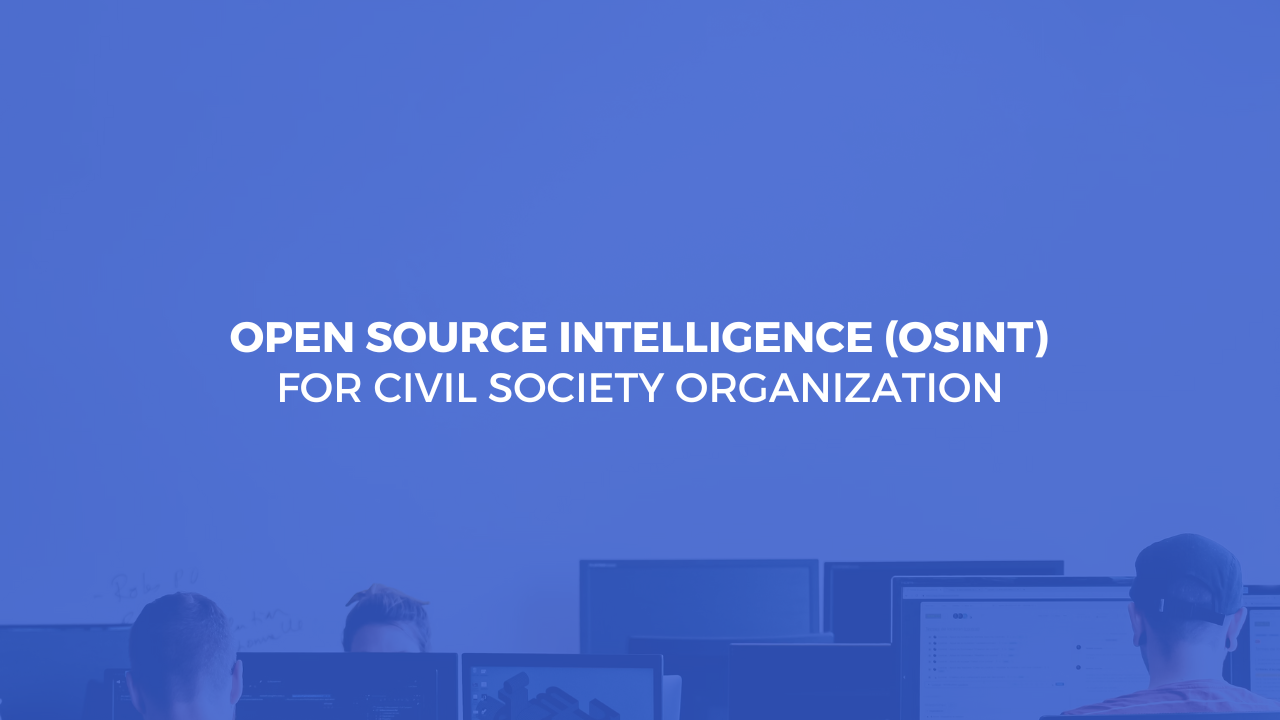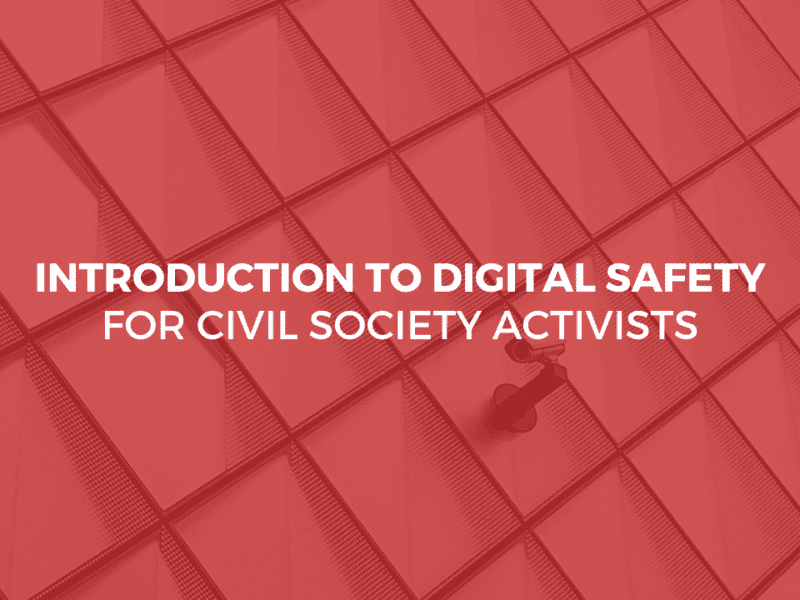Hey there! In this article, I’ll be sharing some awesome ideas on how Open-source intelligence (OSINT) can work wonders for the Civil Society sector. So, let’s dive right in and explore the incredible ways CSOs can benefit from this powerful tool!
Benefits of OSINT for CSOs:
First off, OSINT refers to the collection and analysis of publicly available information for various purposes. Over the years, it has gained recognition for its value in empowering organizations, including civil society organizations (CSOs). Here are some of the fantastic benefits CSOs can enjoy through OSINT:
- Staying in the Loop:
Imagine having a magical way to keep tabs on everything happening in your area of interest. Well, OSINT is pretty close to that! With OSINT, CSOs can stay on top of the latest developments, be it changes in government policies, emerging social trends, or the activities of fellow organizations. Armed with this knowledge, CSOs can respond quickly and effectively, ensuring they stay ahead of the game.
- Finding Kindred Spirits:
Creating real change often requires joining forces with like-minded organizations and individuals. OSINT comes to the rescue by helping CSOs discover those wonderful allies who share their passions and values. It’s like finding long-lost friends! These partnerships can lead to powerful collaborations and networks, making a more significant impact together.
- Unveiling Hidden Insights:
Sometimes, the best evidence lies hidden in plain sight! OSINT acts like a treasure hunter, uncovering valuable nuggets of information from publicly available sources. CSOs can use this data to support their research and advocacy efforts, creating a rock-solid foundation for their work. Armed with these insights, CSOs can confidently advocate for change and fight for what’s right.
- Promoting Transparency and Engagement:
Transparency is the key to building trust with the public and stakeholders. OSINT allows CSOs to be transparent and open about their work. By sharing information with the world, they invite everyone to be a part of their journey. This transparency fosters accountability and encourages more people to join the cause, creating a ripple effect of positive change.
Tips for Leveraging OSINT in the Civil Society Sector:
1. Cultivate a Curiosity-Driven Approach
OSINT thrives on curiosity. Encourage team members to approach OSINT with an open mind and a sense of exploration. Every insight can potentially drive meaningful change, so nurture a culture of curiosity within the organization.
2. Equip Yourself with the Right Tools
The right tools make all the difference. Web scraping tools, social media monitoring platforms, and public databases are essential resources in the OSINT toolkit. CSOs can experiment with different tools to see which best meets their specific needs.
3. Embrace Diversity in Sources
Relying on a single information source can introduce bias. CSOs should diversify their OSINT sources to get a well-rounded understanding of the issues. By gathering data from news sites, social media, government records, and specialized databases, organizations can ensure a more comprehensive and unbiased view.
FAQs
1. What is OSINT?
OSINT, or Open-Source Intelligence, refers to the collection and analysis of publicly available information from sources like websites, social media, and government databases.
2. How can OSINT benefit civil society organizations?
OSINT can help CSOs stay informed about policy changes, discover potential partners, gather valuable insights, and promote transparency in their advocacy efforts.
3. What are some common OSINT tools?
Popular OSINT tools include web scrapers, social media monitoring platforms, and public databases. These tools assist organizations in collecting and analyzing information efficiently.
4. How can OSINT promote transparency?
OSINT enables CSOs to be transparent about their work by sharing their findings with the public. It also allows organizations to hold others accountable by uncovering publicly available information.
5. What challenges can CSOs face when using OSINT?
Challenges include information overload, ensuring data accuracy, and navigating the vast range of available sources. CSOs must also be cautious of bias in the information they collect.
6. Why is it important for CSOs to diversify their OSINT sources?
Diversifying OSINT sources helps CSOs avoid bias and ensures a more comprehensive understanding of the issues they are investigating. It allows for more well-rounded and accurate advocacy.



